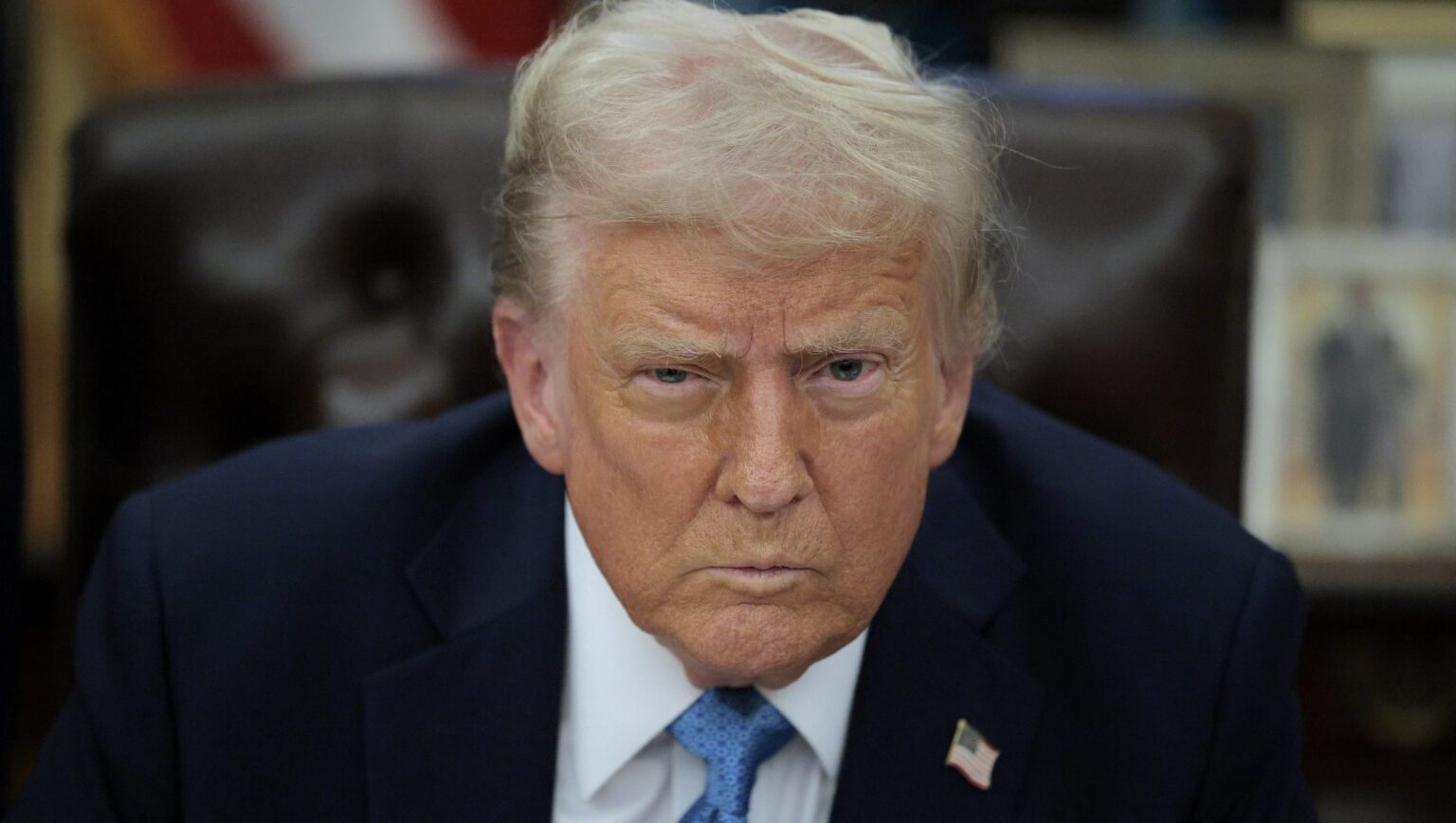President Donald Trump is set to resume the substantial tariffs on imports from Canada, Mexico, and China that he first imposed in early February.
“The proposed TARIFFS scheduled to go into effect on MARCH FOURTH will, indeed, go into effect, as scheduled,” Trump wrote in a Truth Social post.
However, Trump has provided a somewhat mixed timeline for when the tariffs will take effect. On February 27, White House National Economic Council Director Kevin Hassett stated on CNBC’s “Squawk Box” that the president would decide on “tariff policy for all countries” after reviewing a study set to be released on April 1.
On February 1, Trump signed an order imposing 25% tariffs on imports from Mexico and Canada, as well as a 10% tariff on China. However, the tariffs were paused a few days later after Canadian Prime Minister Justin Trudeau and Mexican President Claudia Sheinbaum announced they were taking steps to address some of Trump’s demands.
Continue reading to learn more about the reasons behind the tariffs and how Canada and Mexico responded.
What Are Tariffs?
Tariffs are taxes or duties imposed by a government on goods imported from other countries. When a country imports products, the government may charge a tariff to increase the price of those goods, making imported items more expensive than locally produced products.
Tariffs can be imposed for various reasons, including:
- Protecting local industries: By making imported goods more expensive, domestic products become more competitive in price.
- Raising government revenue: Tariffs generate money for the government.
- Influencing trade relations: Countries may use tariffs as a tool in trade negotiations or to punish or reward other nations for their policies.
Why Did Trump Impose Tariffs on Canada?
The Trump administration stated that the tariffs are intended to reduce the flow of drugs and undocumented immigrants into the U.S.
To implement the tariffs, Trump declared a national economic emergency through an executive order on February 1, invoking the International Emergency Economic Powers Act (IEEPA). This act allows the president to manage imports during a national emergency. Trump posted a message on Truth Social on the same day, explaining that he invoked the IEEPA “due to the major threat posed by illegal aliens and deadly drugs, including fentanyl, killing our citizens.” He emphasized that it was his duty as President to “protect Americans and ensure the safety of all.”
In his post on February 27, Trump reiterated the reasons for resuming the steep tariffs. He claimed, without providing evidence, that “drugs are still pouring into our Country from Mexico and Canada at very high and unacceptable levels.”
“A large percentage of these Drugs, much of them in the form of Fentanyl, are made in, and supplied by, China. More than 100,000 people died last year due to the distribution of these dangerous and highly addictive POISONS… We cannot allow this scourge to continue to harm the USA, and therefore, until it stops, or is seriously limited, the proposed TARIFFS scheduled to go into effect on MARCH FOURTH will, indeed, go into effect, as scheduled.”
He also added that “China will likewise be charged an additional 10% tariff on that date” and that “The April 2nd Reciprocal Tariff date will remain in full force and effect.”
How Did Canada Respond to Trump’s Tariffs?
Canadian Prime Minister Trudeau initially responded on February 1 by announcing that Canada would also impose reciprocal 25% tariffs on up to $155 billion worth of U.S. imports, including items like alcohol and fruit.
Canada’s response to U.S. tariffs. Justin Trudeau’s best speech.
Canada will place 25% tariffs on $155 billion in US imports in retaliation for Trump tariffs. That is an addition to a nationwide boycott on all US products across Canada. #cdnpoli #tariffwar pic.twitter.com/VJavxmO6nH
— Anonymous (@YourAnonCentral) February 2, 2025
However, on February 3, Trump said he expected another “good conversation” with Trudeau after reaching a deal with Mexico’s President, which resulted in a pause on the 25% tariff for Mexico.
How Did Mexico React to the Tariffs?
Mexico’s president also issued an order for retaliatory tariffs in response to the U.S. actions on February 1. Sheinbaum took to X to reject accusations from the White House, calling them “slander” and denying any ties between the Mexican government and criminal organizations. Sheinbaum emphasized that she had instructed the country’s economy secretary to take action, including the implementation of the retaliatory tariffs and other measures to protect Mexico’s interests.
“If the United States government and its agencies wanted to address the serious fentanyl consumption in their country, they could fight the sale of drugs on the streets of their major cities, which they don’t do and the laundering of money that this illegal activity generates that has done so much harm to its population,” she added.
However, on February 3, Sheinbaum announced on social media, just 12 hours before the tariffs were set to take effect, that a deal had been made with the Trump administration to delay the tariffs. In exchange for a pause on the 25% tariffs, Sheinbaum agreed to deploy 10,000 additional troops, who President Trump said would be assigned to stop the flow of migrants and illegal drugs across the U.S.-Mexico border.




